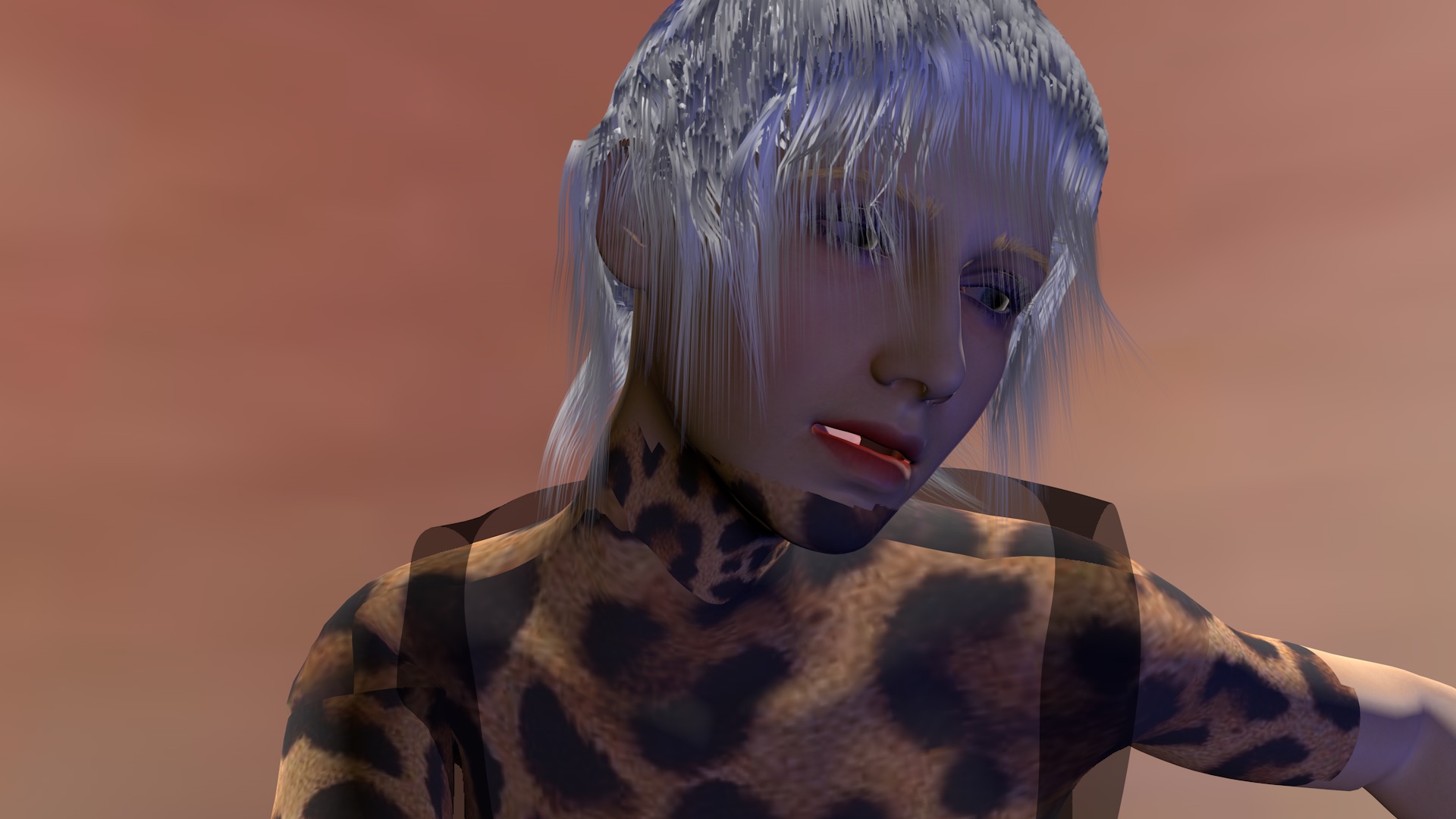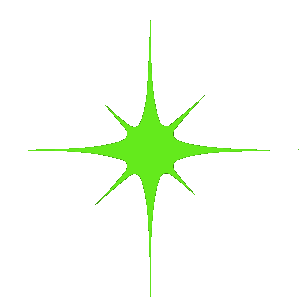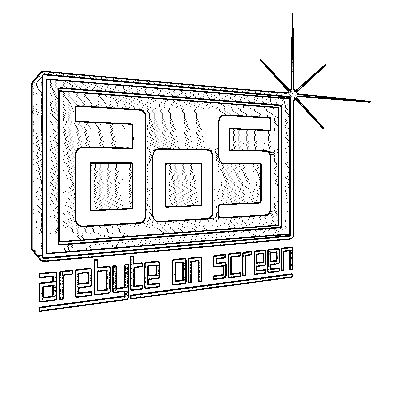The animation „reality island is elsewhere“ (2019) is about a humanoid protagonist named Rose who is in search of „her“ personal reality. A game, reminiscent of earlier TV shows, forms the narrative framework of this work. Against this backdrop the troubled and sensitive character Rose attempts, with the help of her avatar Tessa, to experience her body and various spaces in a performative way and to reflect her subjective reality within this game. Personal thoughts and memories of the character Rose flow, overlapping each other, into the storyline and determine the rhythm of the animation.


Tessa and Rose – intimate conversations reflexive notes
Lie down and smile!
Calmly in the bathtub. Sit up straight and tense all of a sudden, start talking!
Lie down immediately and relax, no words then!
Stop talking, relax!
Oh my gosh, it got me like ahhhhhchhhh mhhhhh, I don‘t know what to do
or to link
fusing thoughts like some pimp.
What was I really thinking it to be? Lot to know all about, changes no doubt, leaving us behind, clueless, ahhh – infiltration.
I is another so it seems but what exactly is the means. Penetration.
Of all together and under,
skin, my real I is there, hid den.
Underneath.
Ready to explore
me or her, or we, trying harder now and then,
but the outcome has no intent. (relax ness, p.5)
In this prose text Tessa and Rose – intimate conversations I examine and reflect on the result of new forms of kinship between organic, technical and virtual species that emerge from the close entanglement between the virtual and the physical world and lead to new identities, environments, levels of reality and behaviour patterns that have a lasting effect on us.
The text freely mixes different styles and rhythms to better express the density of content and fuses poetry slam with rap- and pop song attitudes overlaid by set phrases, shared thoughts, a directing voice, personal stories, comments and conversations that are expressed by the protagonist, the avatar „Tessa and Rose“.
Questions about the construction and production of identities, representations and optimized simulations are interrogated in this text and animation, as well as the creation of new narratives and intersubjective entities in the analog and virtual world.
Yes sir, I will try harder.
Am I playing against me? Or do I have a partner?
Sorry for this sentimental question of mine in this space. I want to embrace, every little thing and be a good girl. All .you .can .eat .race!
Fiction determines the goals of your cooperation.
The system of cooperation is working very well, if you adopt the system‘s own criteria.(the real deal, p.9)
New technologies radically transform environment, society, the human body etc. The Western world is a designed, capitalist playground which we
constantly feed with information, in which we exercise and interact. In this way we accept the rules of the system and in return we are strongly influenced by it.
Individual liberty is protected .
But what is this sound, if someone else designed the playground in which the exercise is to
win? Kin?
Is this a parameter of possible, I can follow with no thoughts, trust tomorrow visible!
Of going deeper into misery, of loosing individual liberty,
I am aware of this possibility. (the third eye, p.17)
Am I in charge of choosing the parameters of my reality?
How much can I identify with shared truths and so- called intersubjective entities and representations such as an avatars?
Does this designed avatar Tessa reflect to a certain extent the actual status quo of our society and its desires?
Does an optimized and sexualized virtual female character, seen as a commodity, that is filled with narratives through pure images, represent a human being?
Alienation from reality – disorientation, deflationary inflation, we are in the dark of one another‘s purposes and intentions. Dark gathers closely around and the wind makes a lonesome sound. (on her way- floating-, p.16)
Isn‘t there a a great potential for exclusion, exploitation and domination in the virtual and analogue world, by capitalising the human body, using it almost as a commodity, vessel and projection surface and producer of images and informations to capitalize in return? How much can we identify with these produced images?
And how much influence do we have on the design of these playgrounds, environments and set algorithms and rules ourselves?
But I was thinking earlier, while being amused
I am really glad that I came, because it‘s kind of nice to be doing something unpredictable. That quiz offered me a deal, now I have to offer something in return.
Makes it sound like I am playing for real.
Even if I just have to sneak out. Ahhh, see the sky.
I haven‘t seen the sky for you cannot see anything here.
Sometimes it feels not right in my environment.
Body and the outer physical deck, called nature. It mutates that I lost track.
…
I am really havin‘ a hard day, I realise that fighting for the attention would make me jealous. This is a subjective definition of reality, I guess?
Shared meanings I have nothing more to confess! Here and now I cannot access quite aware of that mess..(confession room, p.13/14)
Virtuality is a space in which corporeality and physical constraints are apparently non-existent. How liberal can we think, act and explore ourselves in these virtually optimized spaces or through an alter ego, while hiding behind its representation, the avatar? A rather strange enhanced and often sexualized version of a human being?
This chapter is called the confession room. The moment of exploring freely suppressed feelings and places places to which we normally have no access.
Loneliness will be banished anyway.
Imperfection is a fake special feeling, to be able to talk about something at least. Makes you feel special. Wound sulking.
MERITOCRACY (on her way – floating-, p.15)
Or is this rather to be seen as the only option in future and as a great potential to encounter, endure or escape the common space and earthly constraints?
Am I trapped in the dreams and image making of another, a society, of me, them, us?
As simulations and representations become more and more important in our lives and the social relationships between people are more and more mediated by images, the production and de- sign of these fabrications will become very important in our future lives and must be well thought out and democratically designed.
I should not lie while wondering around on this special mental ground, where everything is possible and serves the mode we are so proud. One day as she, see, be me
and experience this new word still,
what we will serve for higher thoughts.
Augmented and transformed
ready to perform, the richest of all ideas,
to become.
Steady with no tears.
Kin with something else, towards the precious gate, which is seemingly at stake. ( the third eye, p.17)
I bought an avatar, a representation and raw model of a so called perfect, attractive woman through which Rose and I try to explore space, body and mind. Me and her,
„Tessa and Rose“ creating new kinships. A
mixture of real and virtual life, people and avatars, shaped and manufactured environments and bodies, actors, representations. Who represents whom?
Stories are allowed to be told, identities to be constructed, bodies to be shaped.
This image will be summarising everything,
perfumes, sounds, colors, thoughts, hanging and pulling. I need to find strange, unfathomable, repulsive, delicious things.
I will take them, I will understand them.
But inspecting the invisible and hearing the unheard
of being something other than picking up the spirit of dead things.
Play with me not me! ( on her way – she lost it-, p.20/21)
Questions of authorship, responsibility, personal identity or even abuse obviously occupy this work as well. All this had strongly influenced my thinking and did show to what extend the virtual space is a place to be rethought and to be shaped by all of us, not allowing it to become a hostile zone but rather a place of democratic diversity and kinship.
A strange fusion of reality, virtuality, environment, society, me, representation, common values that are all collected and reflected in this project.
Katrin Niedermeier (DE, lives in Weil am Rhein and works in Basel)
*1978, Munich, Germany
In her artistic practice, Katrin Niedermeier investigates the area of humanly constructed spaces of longing, fictitious or of real nature and explores how these ideas manifest themselves in the form of „Arcadian“ gardens, virtual landscapes, avatars or personal fantasies.
Her work shows the ever-changing relations between virtual and physical spaces while its implementation and development is at the intersection of these two areas. Often, digital formats, mostly animations, are the starting points of her works, which she translates into installations, physical objects and paintings allowing a dialogue amongst each other. The virtual world, as an entity with its own authorship, is constantly questioned in Niedermeier’s work and its potential and impact in the analogue and digital realms is explored through it.
Before her studies at the Art Institute at the University of Applied Science in Basel (CH), Katrin Niedermeier studied fashion design at ESMOD in Munich and Oslo and worked as a designer for Christian Dior and Jeanne Lanvin in Paris and Nicky Hilton in Los Angeles.
Recent exhibitions and video screenings include „idle idol monika” Palazzina, Basel (2020), „I and the Machine“ Galerie für Gegenwartskunst, Freiburg, „Avatare, Doppelgänger und allegorische Landschaften“ HEK, Basel (2019) HEK, “Kaliningrad Museum of Fine Arts “, Kaliningrad: “videocity Basel – Kaliningrad”, TBA21-Academy, The Current ll, Chus Martinez, Convening #2: Phenomen- al Ocean Space, Venice, 2019, „ihood“ at Kunsthaus Baselland (2019), „color your color“ Ewha Media Art Presentation, (EMAP), in Seol (2019), at the Hidden Bar during Art Basel in Basel (2019) and the group exhibitions „Hyperconscience“ at Shadok, Strasbourg (2018), „trans environmental exercises“ at Atelier Mondial in Basel (2018) and „Kurs“ in Raum 103 in Basel (2018).

HYPERTENSION presents two projects by artists Katrin Niedermeier and Johanna Bruckner as an exhibition extension, connected to the upcoming exhibition at PYLON-Lab.
What are significant properties that constitute the human body and how will these properties change over time?
If the human 1.0 experienced the technological revolution in the 20th century and the human 2.0 the digitalisation of itself and its surrounding environment, what will it look and feel like to become and be a human 3.0 in the 21st century and a more distant future?
How will human interactions be structured in the future and will they still be experienced viscerally and virtually? What will human communication sound like and what thoughts will be shared?
The artworks newly created for AOS present concepts of the human body in its alignment with its environment, including the virtual space and of its possible future manifestation. The artists’ works visualize and reflect possible current and future scenarios of human expression, intimacy and body related issues in the virtual and the analogue space. PYLON will present video- and text-based works along with graphic content on AOS that are not only the framework, but an integral part of the individual artworks. HYPERTENSION on AOS therefore serves not only as a prologue to the upcoming exhibition at PYLON-Lab IRL but will be an extension and reader, complementing the encounter with the works and helping to immerse in the content on both a notional and reciprocal level.

PYLON is a hybrid of physical art space and online archive for contemporary media and time based art, run by Julia Schmelzer and Thomas Schmelzer.
PYLON encourages its on- and offline audience to engage with experimental approaches of contemporary art in a digitizing time and society through its physical art space PYLON-Lab and its accompanying online platform PYLON-Hub.
PYLON facilitates stimulating and immersive encounters with contemporary media based art by some of the most exciting and innovative contemporary artists. As an art space, PYLON-Lab showcases curated experimental media and interdisciplinary artworks by international artists like Jakob Kudsk Steensen, Elizabeth Orr, Lawrence Abu Hamdan and many others. The works and projects presented via PYLON incorporate distinct approaches to new and emerging media, raising awareness of poly-cultural shiftings, technological and scientific utopias as well as future-oriented technologies and concepts.
PYLON is set to create and share unconventional synapses between art and disciplines such as science, architecture and further social phenomena.

